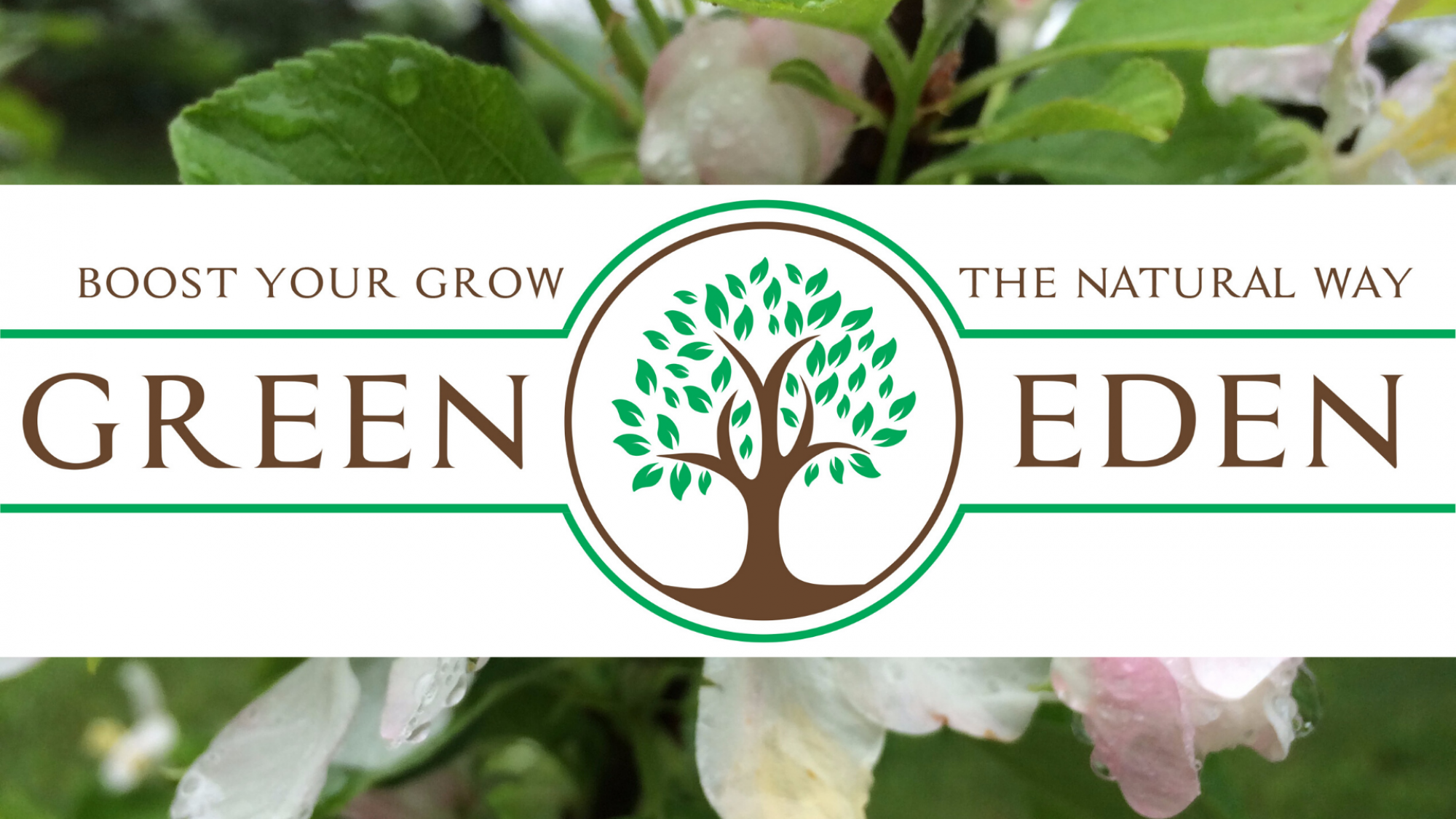Living Soil
What is the difference between dirt and soil? And why do mycorrhizal fungi play such a critical role in developing natural, healthy, resilient plants and soil? First, lets define the terms…
Dirt is made up from three main components: Sand, Silt, Clay. Inert, lifeless particles. Mineral fragments. Basically a medium to host the diverse array of life that inhabits soil. Merely one component in the composition of a living soil.
Soil is a combination of ‘dirt’, organic matter, liquid, and gases. It is with these added materials that we begin to develop a living soil, also referred to as the Soil Food Web. This diverse, complete habitat supports a vast array of fungi, bacteria, protozoa, worms, vertebrates, insects, and plants. All part of a living soil, and critical to maintaining a healthy overall environment. These organisms contribute to this environment by allowing for increased plant nutrient supply and soil structure, protection from harmful parasites, reduction in erosion, salinity, and leaching of nutrients.
Mycorrhizal fungi are an integral part of this living soil environment. They act as a foundational organism for the soil ecosystem. Many studies have been conducted that show that the presence of mycorrhizae in soil has many benefits.
Almost all land plants form symbiotic associations with mycorrhizal fungi. These below‐ground fungi play a key role in terrestrial ecosystems as they regulate nutrient and carbon cycles, and influence soil structure and ecosystem multifunctionality. Up to 80% of plant N and P is provided by mycorrhizal fungi and many plant species depend on these symbionts for growth and survival<1>.
Vast networks of Mycorrhizae form in habitats that are undisturbed or managed sustainably. These networks allow for the movement of water and nutrients amongst varying plant species. The most prevalent of these fungi are the Endomycorrhizae, or Arbuscular Mycorrhizae (AM).
These fungi form mutualistic symbiosis with more than 85% of higher plant species. They play important roles in plant resource capture and nutrient cycling. The ability of AM fungi to enhance host plant uptake of relatively immobile nutrients, in particular phosphorus (P), and several micronutrients, has been the most recognized beneficial effect of mycorrhiza. Arbuscular mycorrhizal fungi absorb inorganic P either from the soluble P pools in the soil, or from insoluble forms, such as, rock phosphates (RP). Recent studies show that the mycorrhizal fungus Glomus intraradices solubilized RP through localized alterations of pH and/or by the production of organic acid anions, that may act as chelating agents<2>.
In simpler terms, mycorrhizae make nutrients and micronutrients more readily available to plants. By breaking down organic matter, chelating (bonding) nutrients from the soil, and improving water holding capacity, these fungi form the base of a living soil. Allowing the soil to naturalize and build a healthy ecosystem.
Now for the catch…
Land management practices affect the formation of mycorrhizae. The number of mycorrhizal fungi in soil will decline in fallowed fields or in those planted to crops that do not form mycorrhizae. Frequent tillage may reduce mycorrhizal associations, and broad spectrum fungicides are toxic to mycorrhizal fungi. Very high levels of nitrogen or phosphorus fertilizer may reduce inoculation of roots. Some inoculums of mycorrhizal fungi are commercially available and can be added to the soil at planting time<3>.
Common, accepted practices have gone against what nature has intended. Tillage, synthetic fertilizers and pesticides, topsoil stripping. All of these affect soil structure and the overall soil ecosystem.
In order to build a natural, healthy, resilient soil ecosystem, an entirely different approach needs to be taken. Minimal tillage (no till), mulching bare soil, use of natural/organic soil amendments, and crop rotation practices need to be considered. Thoughtful amendment of living soil ecosystems. Mimic nature, build the soil, and see better results.
Boost Your Grow The Natural Way.
References:
<1> https://doi.org/10.1111/nph.13288
<2>Javaid, Dr. Arshad. (2009). Role of Mycorrhizae in Plant Nutrition. Microbes in Sustainable Agriculture. 145-166.
<3>https://www.nrcs.usda.gov/wps/portal/nrcs/detailfull/soils/health/biology/?cid=nrcs142p2_053864


